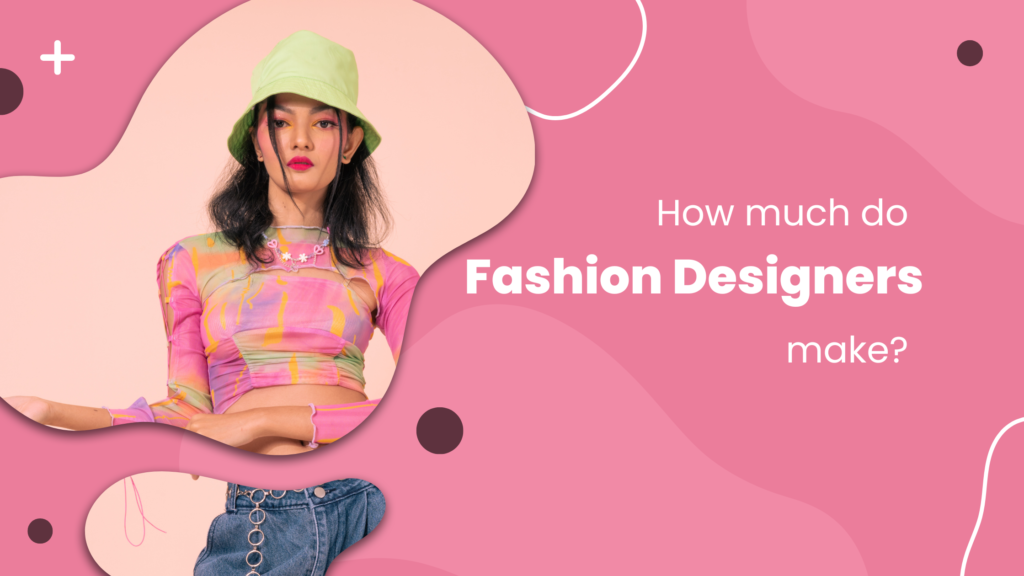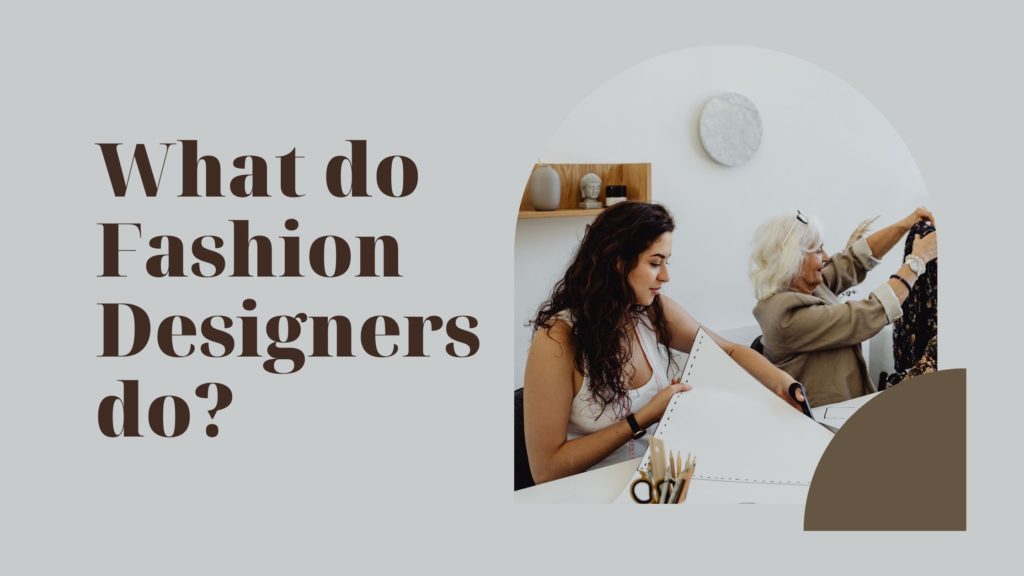What is a fashion designer? The answer is somewhat obvious based on the title itself – a fashion designer is someone who “designs fashion.” But, digging deeper into this topic, what a fashion designer does depends on the fashion/apparel being designed and the context(e.g. who is the customer?)
There are different types of fashion designers: there’s the designer who creates custom garments for individual clients, and there’s the designer who creates ready-to-wear garments available in different size ranges for “the masses.” Even within “the masses” there are varying degrees – for example, a smaller apparel line would have a more niche market/customer base than a corporate brand/mass retailer. The skills that are required for both types of fashion designers are the same. But, depending on whether the focus is on custom garments or ready-to-wear pieces for “the masses” the focus/emphasis is different.
The skills required for all designers are – sketching and illustration; an understanding of fabric and how different fabric types translate in specific designs; sewing; patternmaking and garment construction; computer-aided design skills such as Adobe Illustrator, Photoshop, and CAD Design; and intangible eye for and understanding of beauty, color coordination, proportion, and trends. However, as mentioned above, the emphasis on each skill is different depending on the design context/setting (I.e. are you designing for a custom client or not?)
Skill
| C | C | Explanation |
Sketching and Illustration | As a custom designer, it’s helpful to be a good sketch artist/illustrator. With this skill, you can work with your client to finalize a design – the sketch helps to provide a visual of the final outcome before a decision is reached. With this skill, there’s less chance for disagreement between designer and client because the sketch helps to solidify the final plans. | ||
An understanding of fabric and how different fabric types translate in specific designs |
|
| This is a mandatory skill for both the custom designer and the corporate designer. The custom designer will use this skill to make garments for his/her clients. While the corporate designer will not be sewing the garment, he/she needs to know how a certain fabric will translate into a specific design just based on a sketch or idea. This skill can be developed with a combination of the right training and experience. |
Sewing |
| A custom designer must know how to sew. This is a major part of what this person does daily as he/she is responsible for making final garments for clients. As a corporate designer, this skill is not nearly as important. The corporate designer does not make clothes (although, in some companies, a corporate designer will mockup garments for presentation purposes). While the corporate designer does not make clothing, knowledge of sewing will only aid the design process as it helps to know what is or isn’t | |
Patternmaking and Garment Construction |
|
| Like sewing, a custom designer must know how to make patterns and garments. This is the very basis of what this person does daily. Some boldly branch out into this line of work without a solid understanding of patternmaking – thus being limited to purchasing patterns and attempting to adjust them to match their design intentions. Ultimately, without a very strong understanding of patternmaking and garment construction, a custom designer is extremely limited. Without these skills, he/she will not truly be able to satisfy clients with correctly fitting garments – especially if these clients have a more unique body type. |
Computer Aided Design |
| Computer Aided Design, in some form or the other, is mandatory for corporate designers. A corporate aesthetic designer spends a lot of time using Adobe Illustrator to sketch out designs. This is a mandatory skill for the entry-level designer all the way up to a Senior or Principal Designer. Working knowledge of Adobe Photoshop is also important. A corporate patternmaker must know how to use Computer Aided Design Software (such as Gerber, Lectra, etc.) to create patterns digitally. Use of these patternmaking software first requires a thorough understanding of how to make these patterns by hand. | |
An intangible eye for and understanding of beauty, color coordination, proportion and trends |
|
| This intangible element of creativity specific to fashion design – understanding of beauty, color coordination, proportion, and how to apply relevant trends to different garments and customer bases – is mandatory in a corporate setting. This skill helps a designer to thrive and create “sale-able” garments. It is also a skill that is evaluated or tested (through a portfolio) before a candidate is hired for this role. |
I hope this helped to clarify “what/who is a fashion designer?” and the skills that help a person thrive in this role/industry.


 High importance
High importance Medium importance
Medium importance less important
less important
